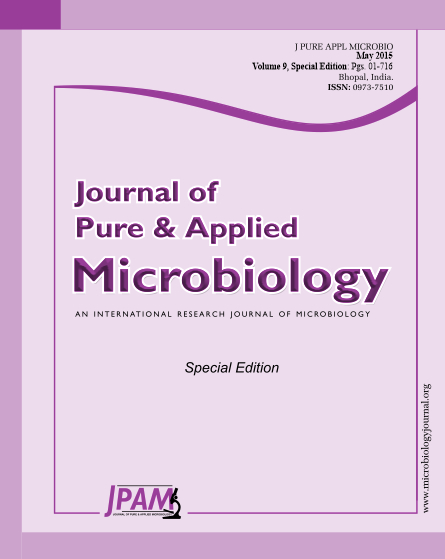Salmonella infections are responsible for significant public health problem worldwide. Salmonella are one of the most common causes of food-borne illness in humans. Salmonellae are of two broad categories: those that cause typhoid [typhoidal Salmonella] and those that do not [much broader group of non-typhoidal Salmonella– NTS]. Infection by the NTS serovars is estimated to cause a large burden worldwide, with a higher morbidity rate than mortality. Antimicrobial agents are critical to the successful outcome of invasive and focal NTS infections. Genus Salmonella of family Enterobacteriaceae comprises of heterogenous group of bacteria. The taxonomy and nomenclature of Salmonella has changed over the years and is still evolving. A variety of molecular biological tools based on characterization of the genotype of the organism by analysis of plasmid and chromosomal DNA have now been developed either to complement the more traditional phenotypic methods of typing (serotyping, phage typing) or, in some cases, as methods of discrimination in their own right. This brief review tries to reiterate different methods used for typing NTS.
Non-typhoidal Salmonella, Bacteriophage, Molecular Subtyping, MALDI-TOF mass spectrometry
© The Author(s) 2015. Open Access. This article is distributed under the terms of the Creative Commons Attribution 4.0 International License which permits unrestricted use, sharing, distribution, and reproduction in any medium, provided you give appropriate credit to the original author(s) and the source, provide a link to the Creative Commons license, and indicate if changes were made.


